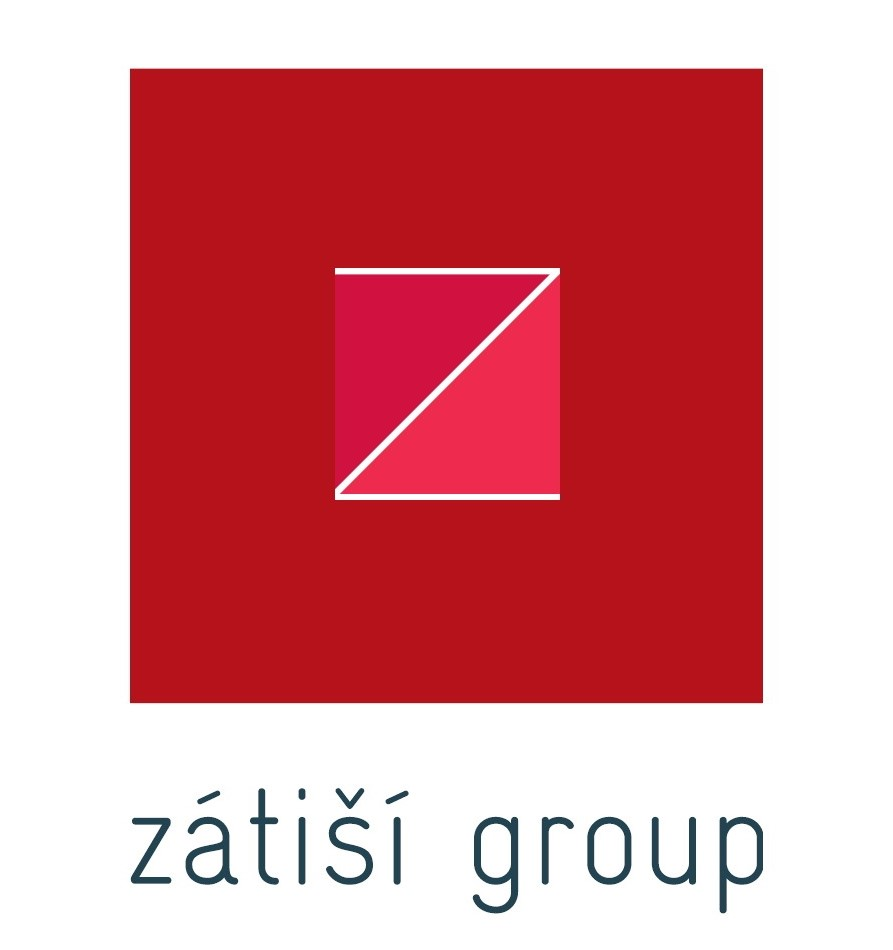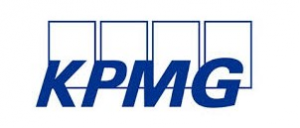Food prices push inflation up
11.10.2017Company: Amcham
Despite the economic activity slowdown, it is still strong enough to create price pressures and push unemployment down. Inflation should remain above 2% not only by the end of this year but also throughout 2018. That should persuade the CNB to hike rates once more this year. The price growth will be contributed by tight labour market conditions as we expect a further decrease in the share of unemployed.
The average price level decreased 0.1% in September due to seasonal effects as package holidays become cheaper after the summer. In yoy terms, inflation accelerated when it got from 2.5% in August to 2.7% in September. The price growth is supported by expensive food. Especially dairy products were the main driver as butter prices increased 9.7% mom. In September, fuel prices contributed positively to overall prices as they increased 1.3% mom. Though core prices recorded a drop (-0.3% mom), after seasonal adjustment we see their strong increase (+0.25% mom).
Yoy inflation accelerated to 2.7%. The highest dynamics were recorded by food prices (+5.6%), but we expect the growth will further accelerate in October. Fuel price growth has bottomed out in July and since then it again contributes positively into headline inflation. In September, fuel prices were 3% more expensive compared with the previous year. The most important inflation component are core prices. Their yoy growth has accelerated to 2.7% and it should remain around 2.5% throughout the coming year.
The current inflation developments are in line with the last CNB forecast. Nevertheless, other data from the economy point to stronger price pressures that the CNB expected in its August prognosis. That said, we assume the CNB will hike once more this year. It should most probably happen on the November meeting. Yet, this will not be the end of the hiking cycle. We expect three more rate increases in 2018 so the CNB’s key rate should print 1.25% at the end of the next year. Thus, credit including mortgages will get more expensive. Also, the interest on savings accounts should slowly start moving up.
The share of unemployed drops to historic lows
The good shape of the domestic economy does not only lift prices but also pushes down unemployment. The share of unemployed dropped to 3.8% in September and thus matched the historic low from May and June 2008. Moreover, we see a record-high number of vacancies. It has climbed to more than 206,000 and the ratio of unemployed per vacancy decreased to an impressive 1.3. Even the districts with usually high unemployment rates print very low figures nowadays (Karvina 8.5%, Usti nad Labem 7.2%). The mom decrease in unemployment was recorded in all districts in the Czech Republic.
The decrease in unemployment will further exert pressure on wages. Together with growing consumer confidence, it feeds into retail sales and into household consumption. Household consumption thus keeps supporting GDP growth also in 3Q. Our estimates suggest the unemployment is set to decrease a bit more. This will be one of the main factors that will maintain inflation above the CNB target.
Tags: Finance |







